A Rising Vegan Chef, Happy Herbivore
Disclosure: This post may contain affiliate links
I spent some time with the new Happy Herbivore cookbook, then spent some time interviewing Lindsay Nixon. Find out what she has to say about her new book, her husband, and what she's going to be doing next!
What's in this post
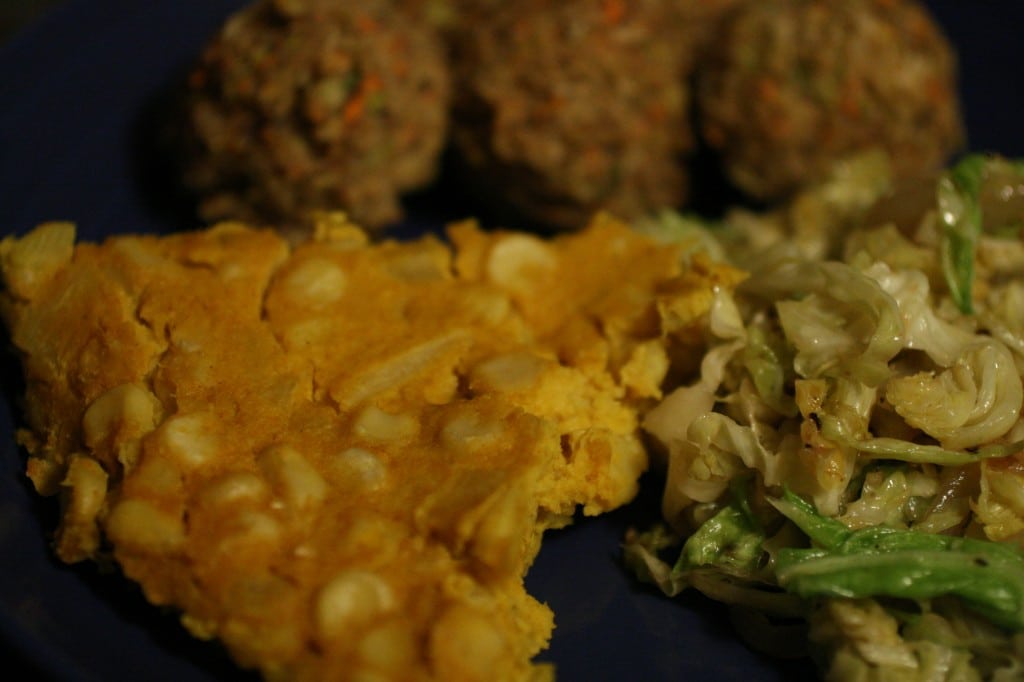
Attempting the Happy Herbivore Corn Pudding
I’ve been a fan of Happy Herbivore’s for a long time. So when I got the opportunity to review her new cookbook, I jumped on it. One of the recipes that I couldn’t wait to test out was the Corn Pudding. I’ve never actually had corn pudding before, the consistency of pudding has kinda grossed me out all of my life. And before you say it, yes, I realize that’s strange. But something about this pudding just called to me, so I gathered up what I needed. Lucky for me I already had everything that the recipe called for (with the exception of the jalapeno). That picture up there? Yup, it’s my attempt at making it. Let me tell you what I did wrong.

First, the cookbook? It’s super easy to read, I doubt that anyone would get confused at Lindsay’s instructions. For the most part, the ingredients are things that could be found in almost any pantry- or in any store. And that’s nice. I hate getting a new cookbook only to find that I need to make a grocery run before I can use it. There are recipes that call for out of the ordinary flours- garbanzo flour and quinoa flour come to mind, but you can swap out (per the author) whole wheat flour and it’d be fine.
And just an aside, quinoa flour is expensive! The lowest price I could find was $9 a pound. Is it always like that?!
I also like that Lindsay’s book covers some basic recipes for low-sodium broths and other condiments that should be in every chef’s repertoire. I really like how she took the time to offer up a grocery list, troubleshooting, tips, and even kitchen lingo. I do think that some recipes are a little simple (The Cinnamon-Banana Toast Crunch Walnut recipe for instance). but that’s probably what makes the book great.
Back to my corn pudding. My first mistake was using garbanzo flour, apparently I hate the stuff. In retrospect I should have known, I’ve used it before in Isa’s omelet recipe and didn’t care for it- but I really wanted to test the recipe as is. So I mixed it all up, turned on (off actually) and popped it in the oven. What happened next could only happen to me, I’m sure of it. See, I was also cooking the cabbage and bean balls (I swear I am going to find a better name for those) to accompany my corn pudding. So when I pulled the balls out of the oven to put in the corn pudding, I turned off the stove. Most likely because it was an automatic action, but also probably because this type of shit happens to me all the time when I cook.
So I “cooked” my corn pudding in a still-warm oven for 30 minutes. It was…undone to say the least. I realized my error and turned the oven on. It was hard to gauge how long it needed to go for, but I cooked it another 15 minutes. Which, by the way, was a bad mistake. By the time that my pudding came out of the oven and cooled down, it resembled a bright yellow discus. But I’m a trooper, I ate that shit anyway. Or, I tried to. See, another thing about Lindsay’s book is that it’s fat-free, which I know some people love. I’ve never been a fat-free kind of girl, I’m the one who eats a pound of tahini a week (maybe a slight exaggeration but you get the point) and so the concept of not using oil is foreign to me. So for me, aside from the hard (and I mean hard) exterior, the inside needed oil (and less tumeric- for me, 1/2 tsp was too much). That, and I think that the jalapeno would be crucial in this recipe for spice- I didn’t have one so I didn’t use one. Next time I will. Yes, there will be a next time. Even though I messed this up (which is a feat since the book is so easy to use) I want to try and make it again. I can totally see where she was going with the creamy texture insides and a crunchy outer coating, In fact, I can’t wait to try it again.
Not discouraged in the slightest bit, I also made the Instant Cookie Dough. I’d show you what it looked like but I ate it too quick. Next time I’ll double the batch. I’m totally making the Cornbread, Enchilada Casserole, Mexican Chorizo, Corncakes, and Carrie’s Vanilla Chai Cupcakes veeerrryy soon. Yes, as one meal. I’ll let you know how that turns out.
I would recommend this book for new vegans or folks who just want to eat healthier. It’s combination of low-fat and low-sodium appeals to the healthy girl (trapped) inside me and I’ll be trying to incorporate more oil-less (and less sodium heavy – this is big for me) recipes into my diet. The other girl inside me, the one who loves fats, just might alter a few of these recipes to include some oil. Which, of course, is a plus for this book. It’s versatile and adaptable, which is a good thing and something I appreciate in a cookbook.
I also had the opportunity to ask Lindsay some questions about her book, her husband, her dogs, what’s next for HH, and more. Check out what she has to say, and a recipe for her vegan cornbread, after the jump!
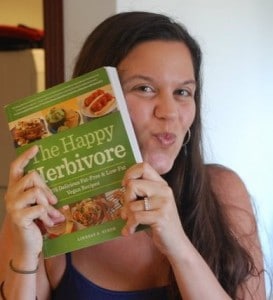
1. In your book you use dried herbs rather than fresh in a lot of your recipes. First, any suggestions to people who prefer fresh herbs in regard to spicing your dishes? Second, is there a reason you chose dried versus fresh?
Dry herbs are easier, more economical, more convenient – I intentionally write recipes that are “quick and easy”, accessible and affordable, so dry herbs fit well with that. For example, I don’t always have fresh rosemary on hand, but I always have dried rosemary – and plus with the dry herbs, I can just add it. I don’t have to take the time to chop it or mince it. Fresh herbs can also be very expensive. I had to forgo making a recipe recently because fresh thyme was $5 at the store for 2oz, and that was outside my budget.
Same is true for why I use onion and garlic granulated powders. I don’t have to peel them, take the time chopping them, dirty the skillet to saute them — I can just add the powders instantly and get all the flavor without the fuss. The powders also make fat-free cooking a breeze since you can skip the saute part.
If someone wants to use fresh, the general rule of thumb is 1 tbsp fresh = 1 tsp dried.
2. You seem to like to experiment in the kitchen, inventing new ways to make traditional foods. What has been your best “accident” in the kitchen?
Recently my husband was making the Alfredo sauce from my cookbook for dinner and he grabbed what he thought was nutritional yeast but in reality it was my DIY recipe for “chicken” broth powder (though I didn’t notice this until we were plating the food). In the end the pasta didn’t really taste like alfredo anymore, but it was damn tasty in its own right. A creamy, golden sauce. It was a happy accident for sure!
3. The recipes in your book don’t use fats such as oil or butter and you’ve recently promoted an oil-free kitchen. What first got you thinking about the use of oils in cooking and what steps did you take to learn more? Any recommended further reading on the subject?
I dropped oil after reading Eat to Live and the McDougall Program (I highly recommend both books!). Engine 2 is another terrific book on the subject.
4. You are a mommy to some adorable pug puppies and I’ve read that you cook healthy vegan meals for them twice a day. Can you tell us a little more about that?
I talked about it in detail in this blog post: http://happyherbivore.com/2010/09/vegan-dogs/
It started out of necessity–the store ran out of vegan kibble and they had to eat, but now we live on an island in the Caribbean, so if I want them to eat, I have to make their food anyway. It takes so little time and effort and I feel really good about giving them fresh food. Even the best vegan kibble has lots of preservatives in it and I’ve noticed positive changes in them with the fresh meals. They eat a mixture of lentils (or beans) with grains and finely chopped raw vegetables. We also put Vegedog, a supplement, in their food just to be proactive. Our vet has been very helpful and encouraging of their diet.
5. You are also a wife, recently celebrating your wedding anniversary- congratulations! Does your husband influence your cooking or spur you to try to make something you’ve never made before? Does he test your recipes for you?
Scott offers suggestions. Just today he came home with the name of two Indian dishes he’d seen on a menu (that were not vegan) and he wants me to recreate. He gets to taste most of the recipes I write or am working on; I value his feedback but he doesn’t do much cooking. I am always in the kitchen and there isn’t really room for 2.
6. Exciting news for your fans, there will be more Happy Herbivore Cookbooks! What type of strategy do you have planning the next books? Are you going in a specific direction with the food? When will the book be released?
The second one is being written now and should be out either for Christmas or New Years. I am planning to take some time off before I start writing #3, but I think my publisher and I envision a new one each year around the same time. The books will have the same style–fat-free, healthy, quick and easy, focus on everyday ingredients and pantry staples, but they’ll all be different and unique in their own ways. For example, I’m exploring a lot of cuisines in this book that I didn’t touch on in the last one.
I want to take a minute to say Thank You to Lindsay for allowing me to review her book and also interview her. She’s a spunky gal, full of opinions and not afraid to say them. I like that about her a lot. Plus you just have to like a girl that makes (vegan) fat-free cinnamon rolls, it’s probably law somewhere or something. You can find out how cool Lindsay is for yourself by checking out HappyHerbivore.com or following her on twitter @HappyHerbivore.
And now, as promised, a recipe for vegan cornbread, courtesy of Happy Herbivore.
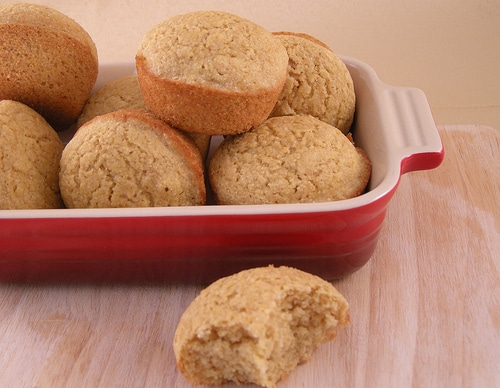
Photo courtesy of Happy Herbivore – HH Corn Bread
Cornbread (serves 6)
This is my favorite cornbread recipe. It’s quick and simple — the kind of recipe you can whip up at any time because you always have the ingredients on hand.
- 1 c cornmeal
- 1 c whole wheat pastry flour
- 1 tbsp baking powder
- 1/2 tsp fine salt
- 1 cup non-dairy milk (such as fat-free soymilk)
- 1/4 cup unsweetened applesauce
- 1/4 cup pure maple syrup
- 2 tbsp raw sugar (optional)
Preheat oven to 400F. Whisk cornmeal, flour, baking powder and salt together in a large bowl. Add non-dairy milk, applesauce, maple syrup and sugar, if using, on top. Using a spatula, stir until just combined. Pour batter into a nonstick shallow 9″ pie dish, or other oven-safe dish. Bake for approximately 20 minutes or until a toothpick inserted into the center comes out clean.

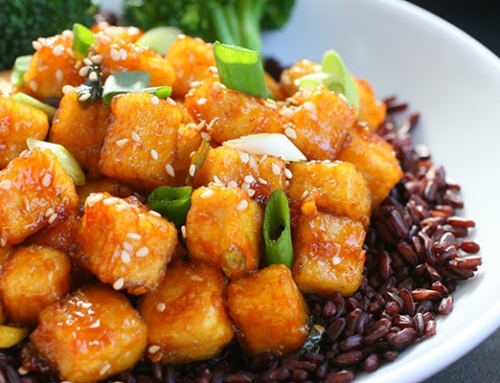

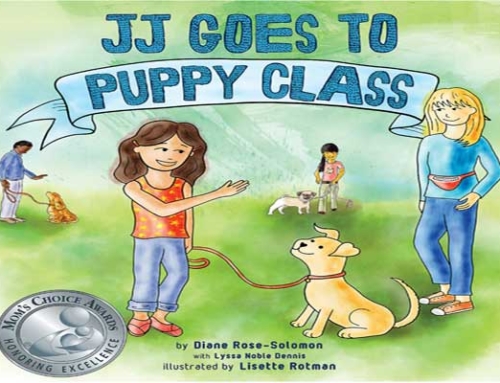


[…] great accompaniment to this recipe is Happy Herbivore’s Cornbread. I’ve never used pastry flour like the recipe calls for, but just regular whole wheat […]